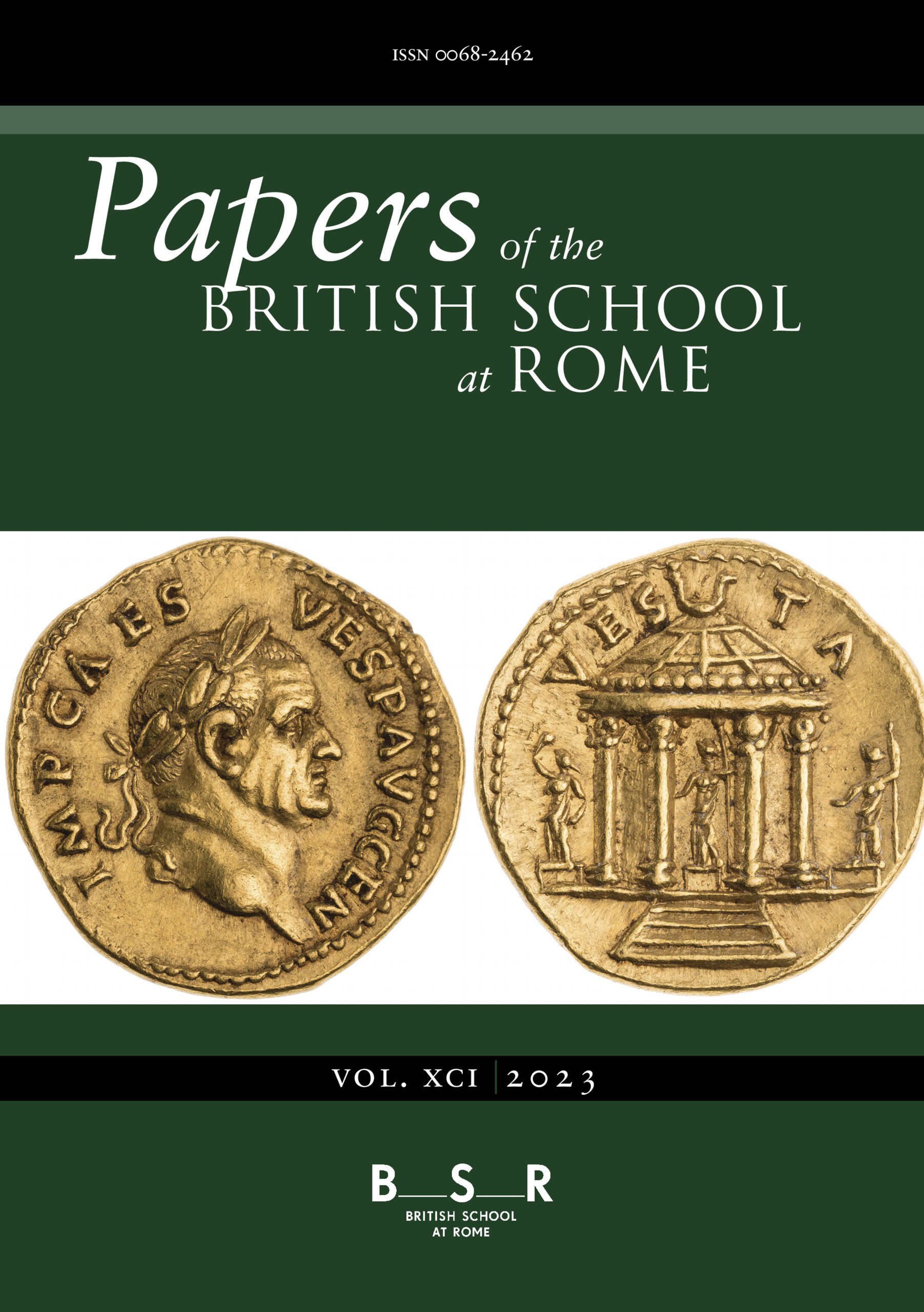No CrossRef data available.
Article contents
PROTEST AND THE MEDIA IN THE 1968 VENICE BIENNALE
Published online by Cambridge University Press: 27 October 2025
Abstract
This study examines the overlooked protests at the 1968 Venice Biennale to reassess the role of the media in Italy’s sessantotto. While mainstream newspapers largely dismissed the student and cultural demonstrations, illustrated magazines and television news offered more varied and sometimes sympathetic coverage, reaching millions. First-hand accounts of police violence in the work of photojournalist Gianni Berengo Gardin and in Pier Paolo Pasolini’s evolving commentary for Tempo magazine show that protest could come from within the media itself. The analysis highlights the significance of television’s innovative current affairs programming, which, despite censorship, brought global and Italian unrest into homes. By exploring the media ecosystem beyond newspapers – magazines, photojournalism, and television – this research shows how these platforms played a crucial role in shaping public understanding of 1968’s cultural and political conflicts, offering a fresh interpretation of Italy’s ‘1968’ and the complex relationship between protest and the media.
Questo contributo esamina le proteste dimenticate della Biennale di Venezia del 1968 per rivalutare il ruolo dei media nel sessantotto italiano. Mentre i principali quotidiani liquidarono in gran parte le manifestazioni studentesche e culturali, i settimanali illustrati e i telegiornali offrirono una copertura più varia e talvolta simpatetica, raggiungendo milioni di persone. I resoconti in prima persona della violenza della polizia nel lavoro del fotoreporter Gianni Berengo Gardin e la rubrica di Pier Paolo Pasolini per la rivista Tempo dimostrano che la protesta poteva nascere dall’interno dei media stessi. L’analisi evidenzia l’importanza dei programmi televisivi di attualità, che, nonostante la censura, portarono nelle case italiane le tensioni nazionali e internazionali. Esplorando l’ecosistema mediatico oltre i giornali – riviste, fotogiornalismo e televisione – questa ricerca dimostra come questi mezzi giocarono un ruolo cruciale nel plasmare la comprensione pubblica dei conflitti culturali e politici del 1968, offrendo una nuova interpretazione del ‘sessantotto’ e del complesso rapporto tra protesta e media.
Information
- Type
- Articles
- Information
- Copyright
- © The Author(s), 2025. Published by Cambridge University Press on behalf of The British School at Rome.

